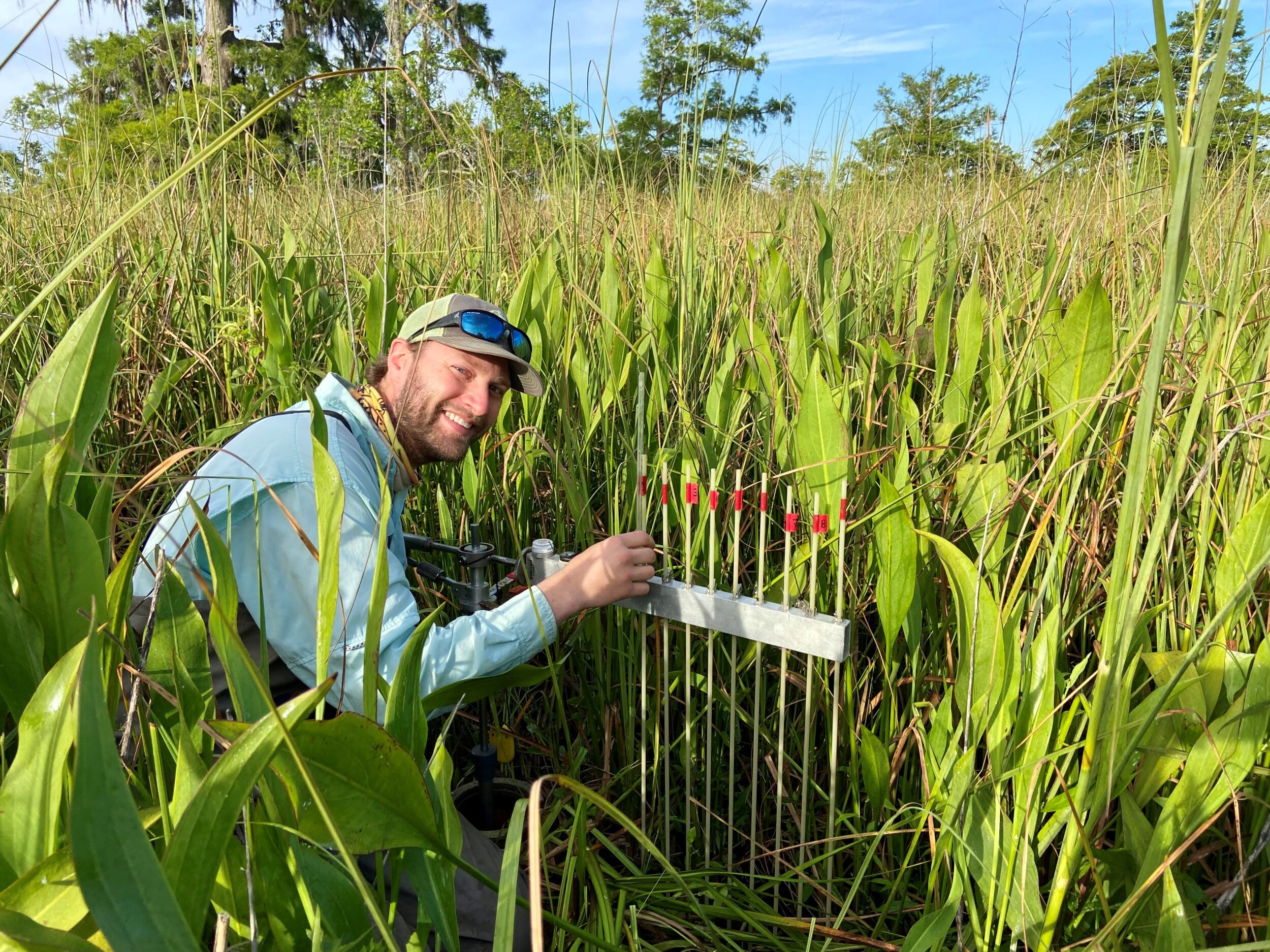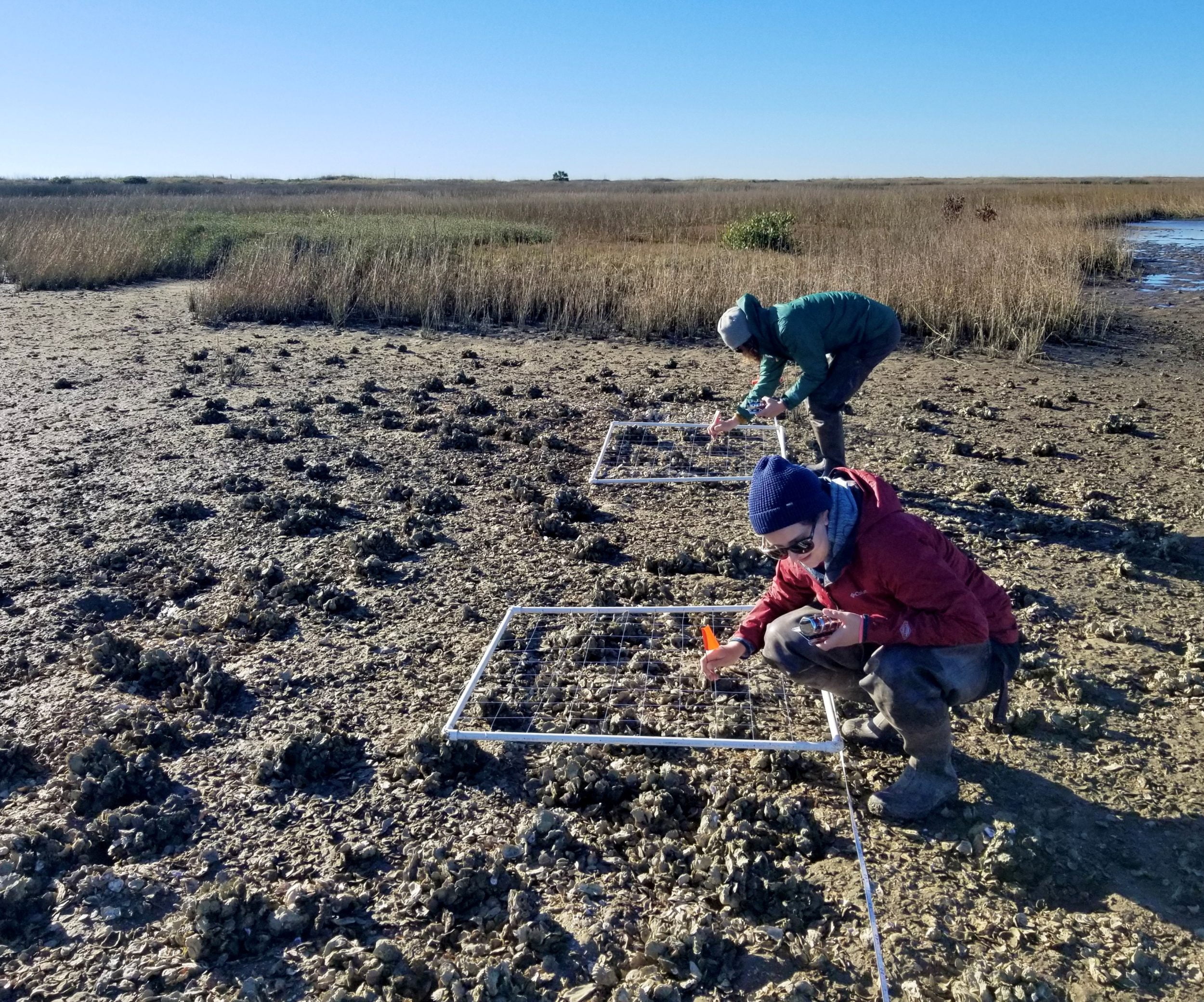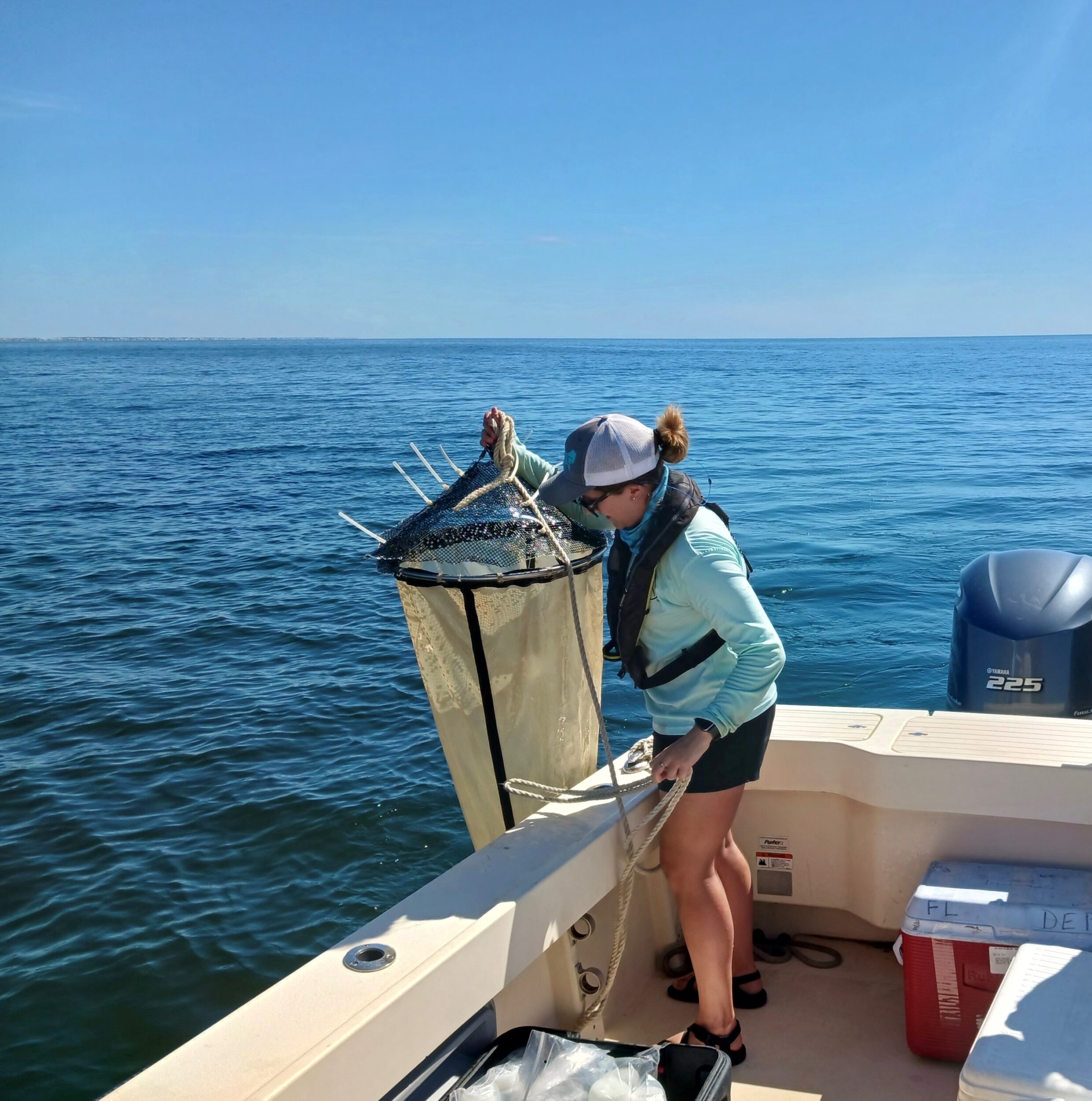
Research
Visiting researchers, please register here.
Research and monitoring projects at the Reserve address priority issues impacting the productivity and biodiversity of the bay: the diversion of water from the Apalachicola-Chattahoochee-Flint watershed, increasing local coastal development and land use changes, and potential consequences of climate variability.
The collection of continuous water quality, nutrient load samples, and meteorological data are the Apalachicola Reserve's contribution to the National Estuarine Research Reserve’s (NERRs) System-Wide Monitoring Program. Water quality stations are positioned throughout Apalachicola Bay and the nearby rivers with data recorded at 15-minute intervals, 365 days a year. Water samples are collected monthly to monitor spatial and temporal fluctuations in nutrient concentrations. The Reserve’s weather station collects meteorological data such as wind speed and direction, barometric pressure, relative humidity, and precipitation.
On the biological monitoring side, quarterly trawl surveys are conducted within the bay and provide data for characterization of juvenile fish and macroinvertebrate abundances. Additional ongoing projects include zooplankton sampling, seagrass surveys, and intertidal oyster surveys.
The Research section also monitors wetland areas around the estuary. Surface elevation tables (SETs) are positioned along the marshes of nearby barrier islands and rivers. SETs are surveyed biannually to track changes in sea level and provide data on marsh surface and subsurface elevation changes. Additionally, porewater wells have been established at select wetland areas to monitor subsurface water quality.
The Reserve works with several academic institutions and welcomes visiting researchers. In addition, through the NERRs Margaret A. Davidson Graduate Fellowship, one graduate student is funded to conduct priority research in Apalachicola Bay. Seasonal internships are also hosted at the Reserve to provide professional opportunities and knowledge on coastal ecology to current students and recent graduates.

The Reserve’s Research staff monitoring intertidal oyster reefs.

Zooplankton samples are collected through the use of a plankton net.
